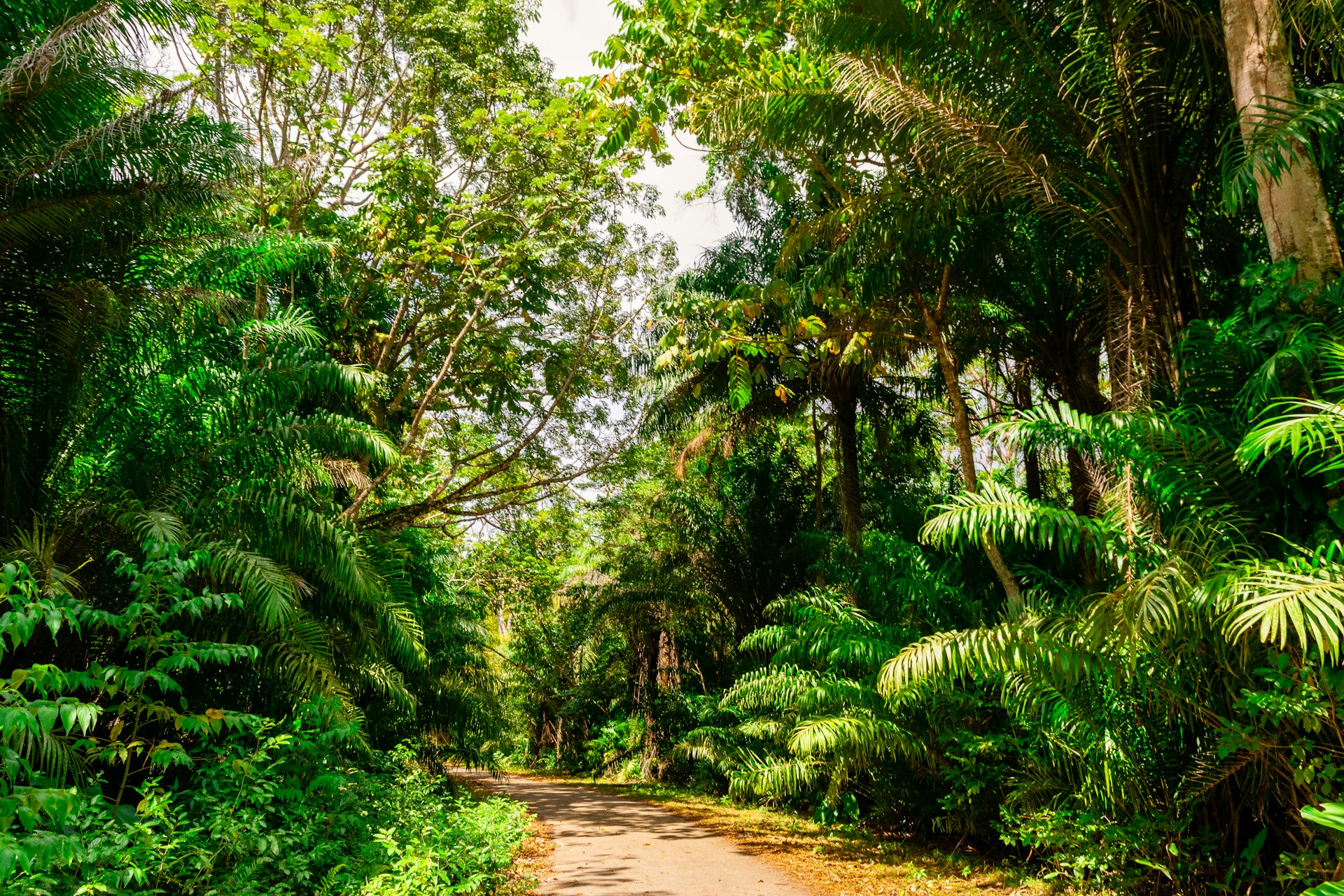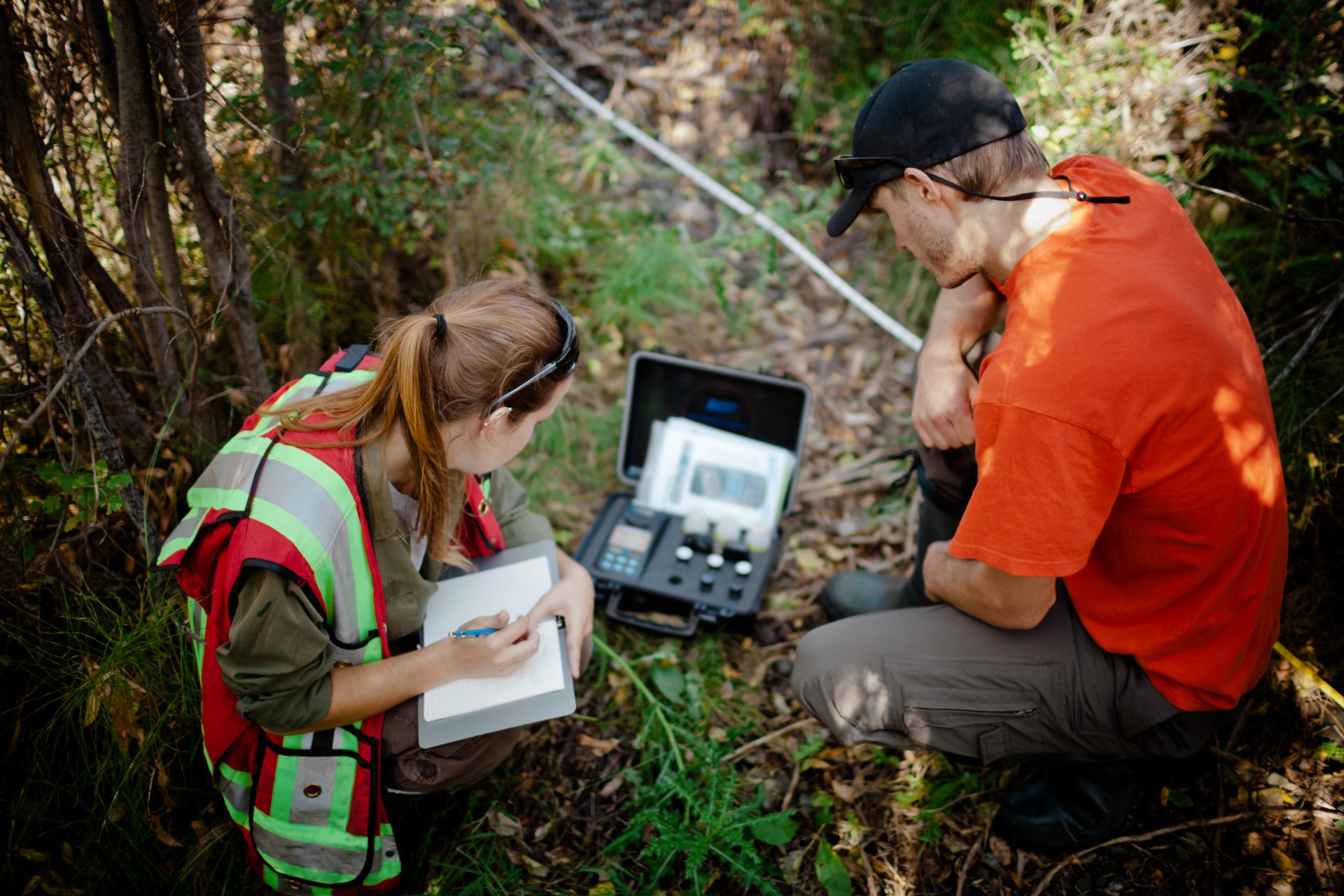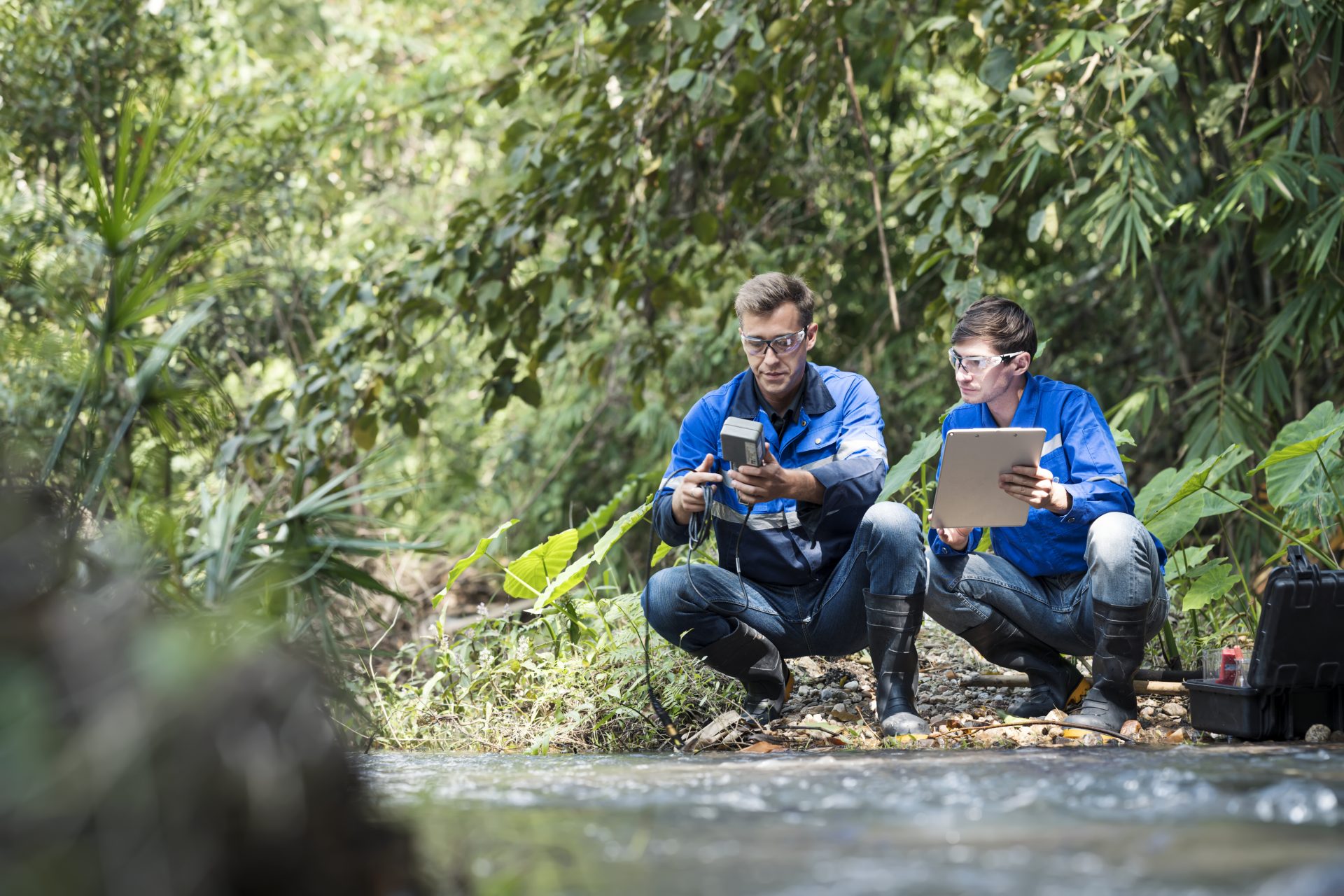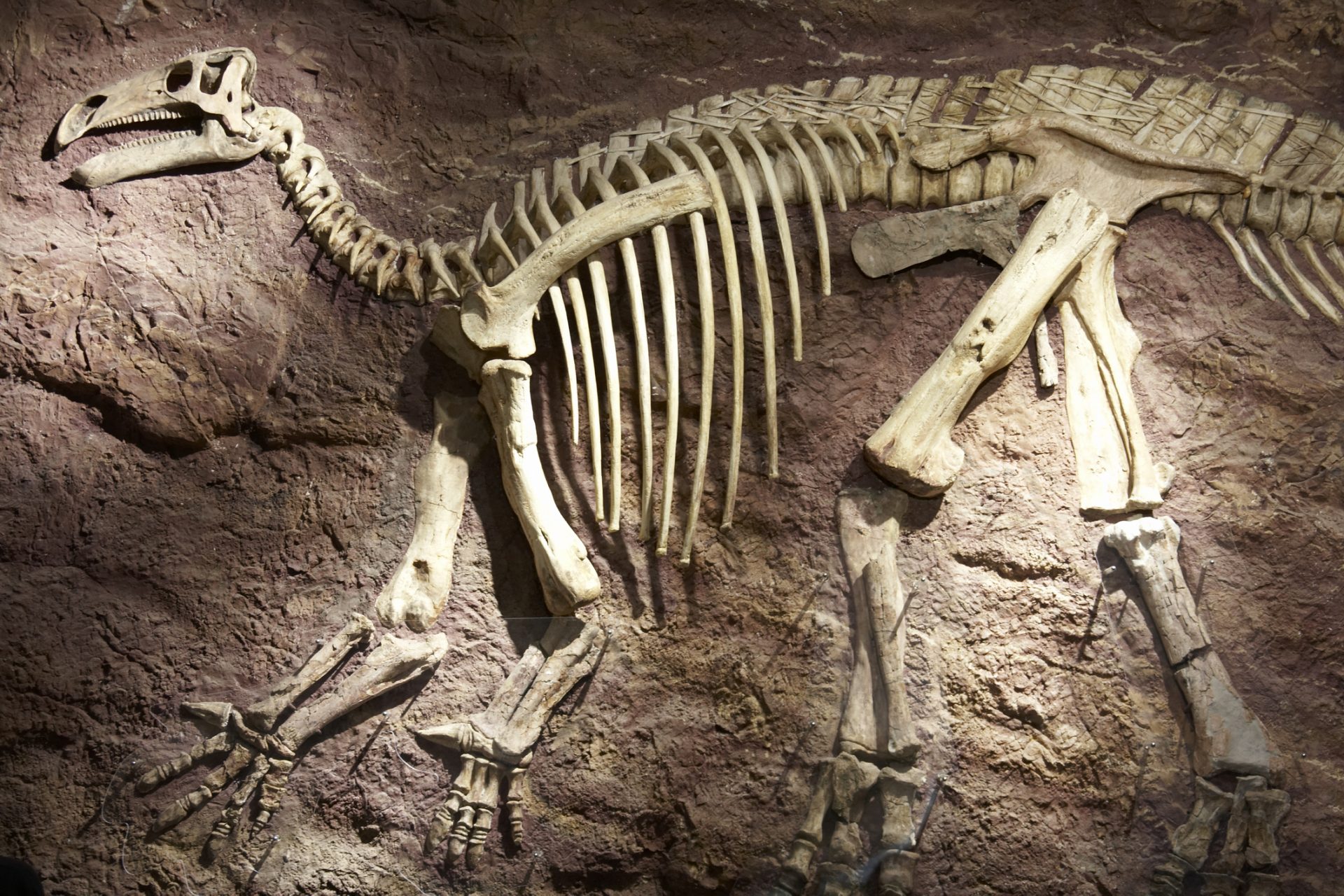Scientists studied millions of trees in tropical forests and the results were surprising
A study led by scientists at the Center for Biodiversity and Environmental Research at University College London, recently published in the journal Nature, has collected data that could help predict forest evolution.
The researchers examined forests in Africa, the Amazon and Southeast Asia and counted an incredible 1,003,805 trees with a trunk diameter of at least 10 cm.
(Photo: Unsplash - Glenn Carstens)
Analyzing such a large number of trees was not an easy task given the vastness of the area in which they are located. But it is undoubtedly extremely important.
Trees form the most vibrant ecosystem on earth: the tropical rainforests.
According to the article, tropical forests cover about 10 percent of the Earth's surface and are responsible for about 40 percent of the carbon stored in living vegetation.
In addition, the authors emphasized that tropical forest biodiversity includes two-thirds of all known species.
This is significant given that in a single hectare of tropical forest, as many species of trees can be found as in the entire arboreal flora native to Western Europe.
Photo: Unsplash - Kenrick Baksh
There are a large number of unknown or rare tree species. However, researchers decided to focus on the most common ones.
Thus, they estimated that around 2.2% of the species represented 50% of all tropical trees in these regions.
According to the article: "Counting all tropical forests, we estimate that just 1,053 species comprise half of the 800 billion tropical trees on Earth, with trunk diameters of at least 10 cm."
Photo: Unsplash - Chris Abney
In other words, a relatively small number of species correspond to the majority of trees in the region.
Photo: Unsplash - Sylwia Bartyzel
Based on this, the researchers identified an exciting aspect: there are consistent patterns of common species across all continents.
Despite having different histories and climates, tropical regions seem to share great similarities.
Photo: Unsplash - Jakob Owens
Best of all: the most frequent species probably belong to a manageable list of vegetation, allowing for targeted efforts to understand their ecology.
Photo: Unsplash - Ib Wira Dyatmika
The authors noted that this does not mean that rare trees are not important, but that studying known species allows us to predict how these incredible forests react to changes around them.
In a scenario where concern for the environment becomes increasingly urgent, monitoring the behavior of tropical forests can provide invaluable benefits.
More for you
Top Stories





























